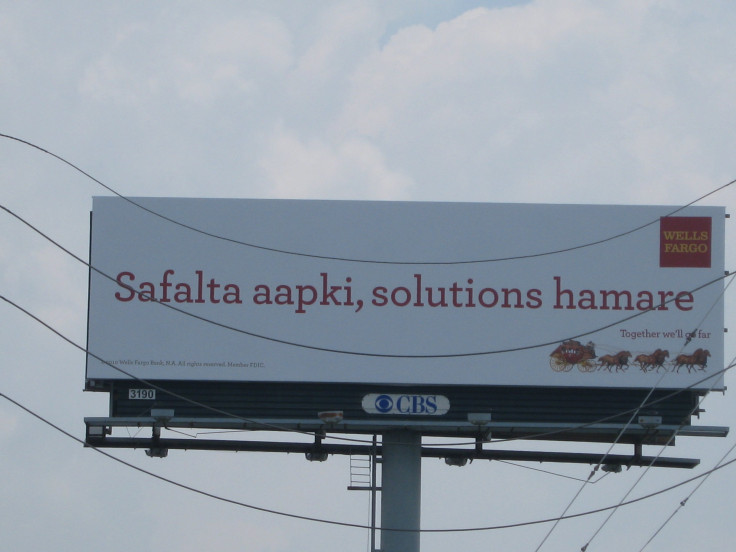The Rise Of ‘Hinglish’: Modern Necessity Or Dire Threat To India’s Culture And Languages?

British diplomats serving in India will need to learn how to speak in “Hinglish” -- the hybrid of Hindi and English that has become the prevalent language in Indian business and political circles.
According to a report in Britain’s Daily Telegraph, U.K. officials believe that the use of Hinglish will foster better understanding between Western and Indian businessmen who do not speak flawless English.
"The Foreign Office under [Foreign Secretary] William Hague is placing increasing importance on the ability to transact business in foreign languages. In India we're looking to build a stronger, deeper relationship, and having diplomats able to speak Hindi and other local languages has become increasingly important," said a spokesman for the British High Commission.
"English news channels [in India] often have a portion where people choose to express themselves in Hindi because it captures what they're trying to say better than the English equivalent, so it's increasingly important for British diplomats to be able to appreciate the nuances.”
With 350 million speakers, India is actually the largest English-speaking nation on earth.
Hinglish has crept its way into advertisements, TV shows and Bollywood movies --- as well as the corridors of corporate and political power in India.
A popular new film is titled “Jab We Met” (“When We Met”), while a shampoo commercial on TV features actress Priyanka Chopra calling out, "Come on girls, waqt hai shine karne ka!" (“It's time to shine”).
Even "English-language" newspapers in India pepper their text with words borrowed from Hindi.
Hindi and English have long enjoyed an incestuous relationship ever since the British first landed in India. English words such as pajama, shampoo, bungalow, dungaree, pundit, juggernaut, among many others, trace their origins to India.
Abha Sinha, a professor of informational technology at the University of Toledo in Ohio, wrote in her blog: “Hindi language magazines and periodicals are harder to come by in the U.S. and the Hindi film industry now uses ‘Hinglish’; an amalgamation of Hindi and English. Communications with friends and relatives too has become Hinglish-ized!”
Hinglish is also becoming a staple in Britain itself, which has large South Asian community.
Six years ago, an female Indian teacher in Derby, England, named Baljinder Mahal published a dictionary called "The Queen's Hinglish."
"Much of it comes from banter -- the exchanges between the British white population and the Asians," she told BBC.
"It's also sometimes a secret language, which is being used by lots of British Asians, but it's never been picked up on."
But not everyone is happy with the emergence of Hinglish in India’s daily life, viewing it as a threat to Indian culture.
In a letter to the editor of The Hindu newspaper, a man named Jagriti Thakur from Shimla complained: “It is the domination of English that is more troubling than the domination of Hindi. Among youngsters, speaking in English -- weird slang or broken English -- is a style statement. Hinglish is in vogue even though it threatens our regional languages.”
Thakur added: “The diverse local languages are disappearing as the next [generation] next does not value them. Nor do schools offer them as a medium of instruction. A balanced education system that understands the importance of multilingual learning can bring about a steady change.”
Even a report in Bollywood Life described Hinglish as a “bastard child” produced by the “systematic rape of both English and Hindi.”
© Copyright IBTimes 2024. All rights reserved.





















